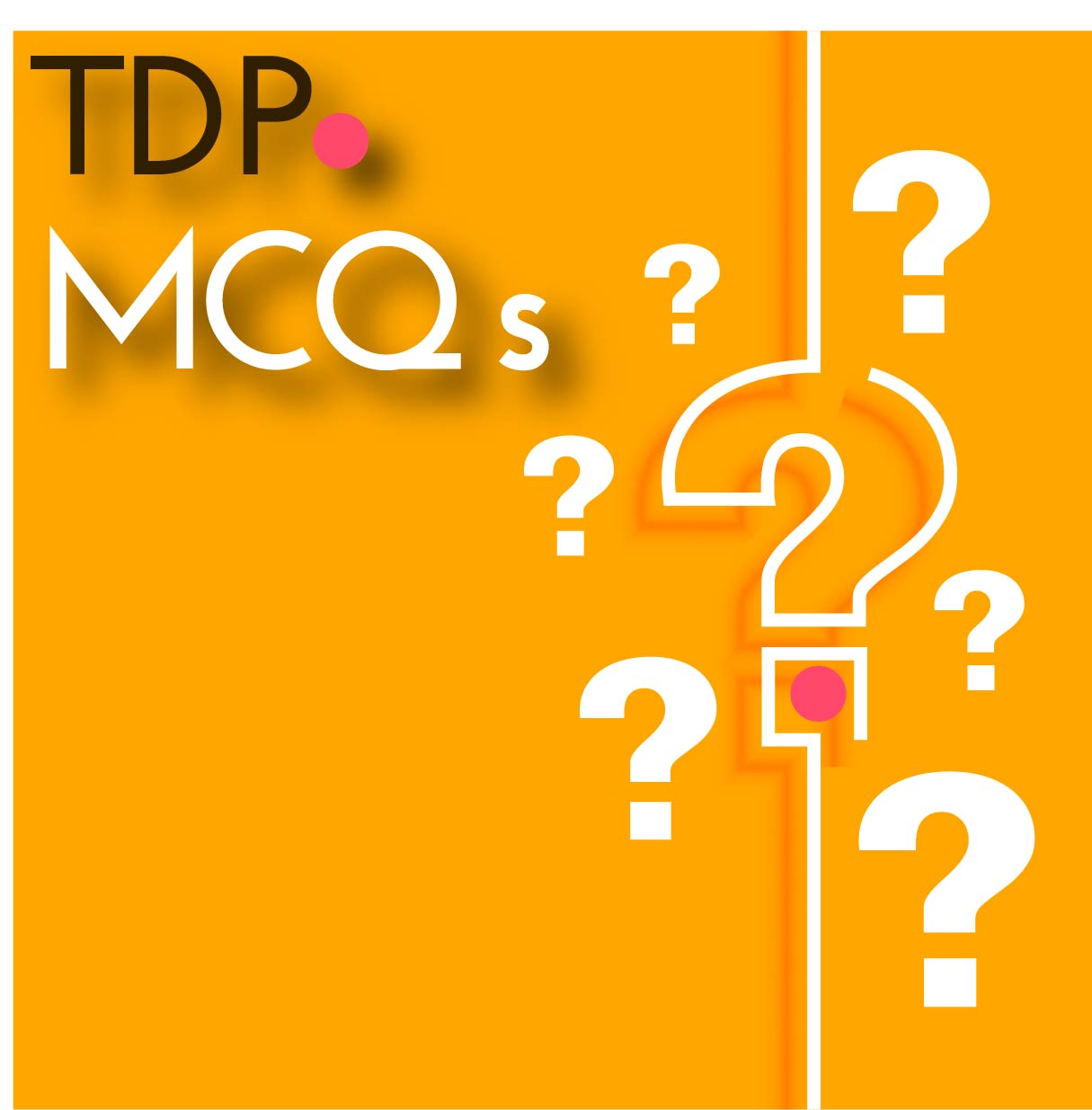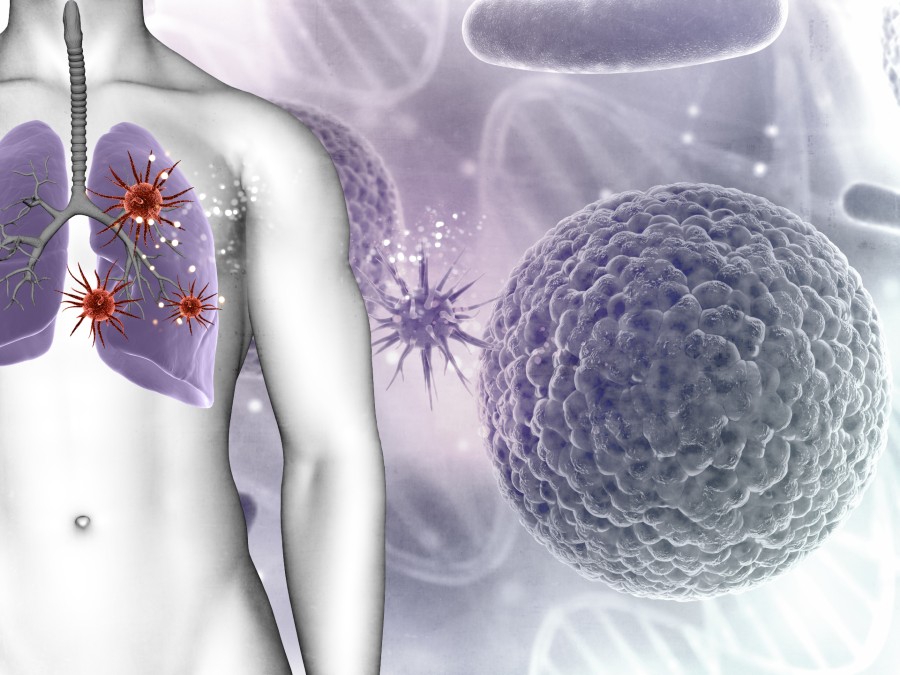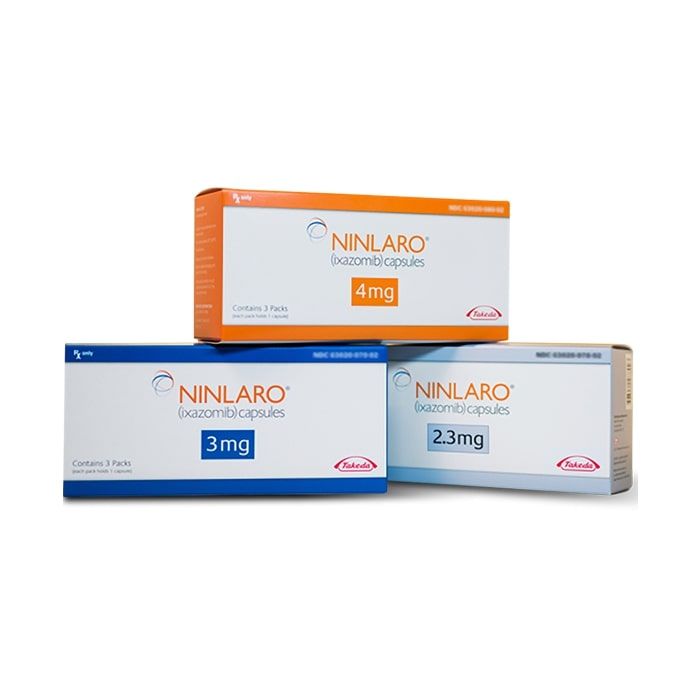
9 MCQs about Ferric Citrate
March 21, 2021
Treatment of Overactive Bladder: 2 Beta-3 AR Agonists
April 13, 2021What is Durvalumab, and how it works?
Well, it’s basically an immunoglobulin monoclonal antibody, it works by a very cool trick; where it affects on the T-Cell and wakes it up to fight the cancerous cells. The T-Cell usually identifies and kills tumor cells, but due to a protein present on the tumor cell, PD-L1 that basically stop the T-Cell functions. To summarize the mechanism of action:
[epcl_box type=”information”]Durvalumab blocks programmed cell death ligand 1 (PD-L1) binding to PD-1 and CD80 (B7.1) thus restores antitumor t-cell function.[/epcl_box]
Durvalumab Dosing
- Usually the dose is 10 mg/kg and the cycles are every 2 weeks, some protocols can be given as 1500mg flat dose every month.
- Durvalumab is not emetogenic, thus might not need any prior anti emesis treatment.
- Durvalumab is given diluted in 100ml saline and administered over 60 minutes.
- The treatment to be continued every 2 weeks for at least a year, unless disease progression or fatal side effects.
[epcl_box type=”error”]Durvalumab dosing doesn’t require any modification for renal patients, however if the patient developed a renal toxicity after starting Durvalumab, then the dose has to be adjusted depending on serum creatinine elevation and managing other symptoms accordingly.[/epcl_box]
MCQs about Durvalumab
References
- Antonia, S. J., Villegas, A., Daniel, D., Vicente, D., Murakami, S., Hui, R., . . . Özgüroğlu, M. (2017). Durvalumab after chemoradiotherapy in Stage III Non–Small-Cell lung cancer. New England Journal of Medicine, 377(20), 1919-1929. doi:10.1056/nejmoa1709937
- Cd80. (2006, December 2). Wikipedia, the free encyclopedia. Retrieved March 22, 2021, from https://en.wikipedia.org/wiki/CD80
- B7 (protein). (2005, November 3). Wikipedia, the free encyclopedia. Retrieved March 22, 2021, from https://en.wikipedia.org/wiki/B7_(protein)
- PD-l1. (2007, November 9). Wikipedia, the free encyclopedia. Retrieved March 22, 2021, from https://en.wikipedia.org/wiki/PD-L1
- IMFINZI® (durvalumab dosing). Retrieved March 23, 2021, from https://www.imfinzihcp.com/







